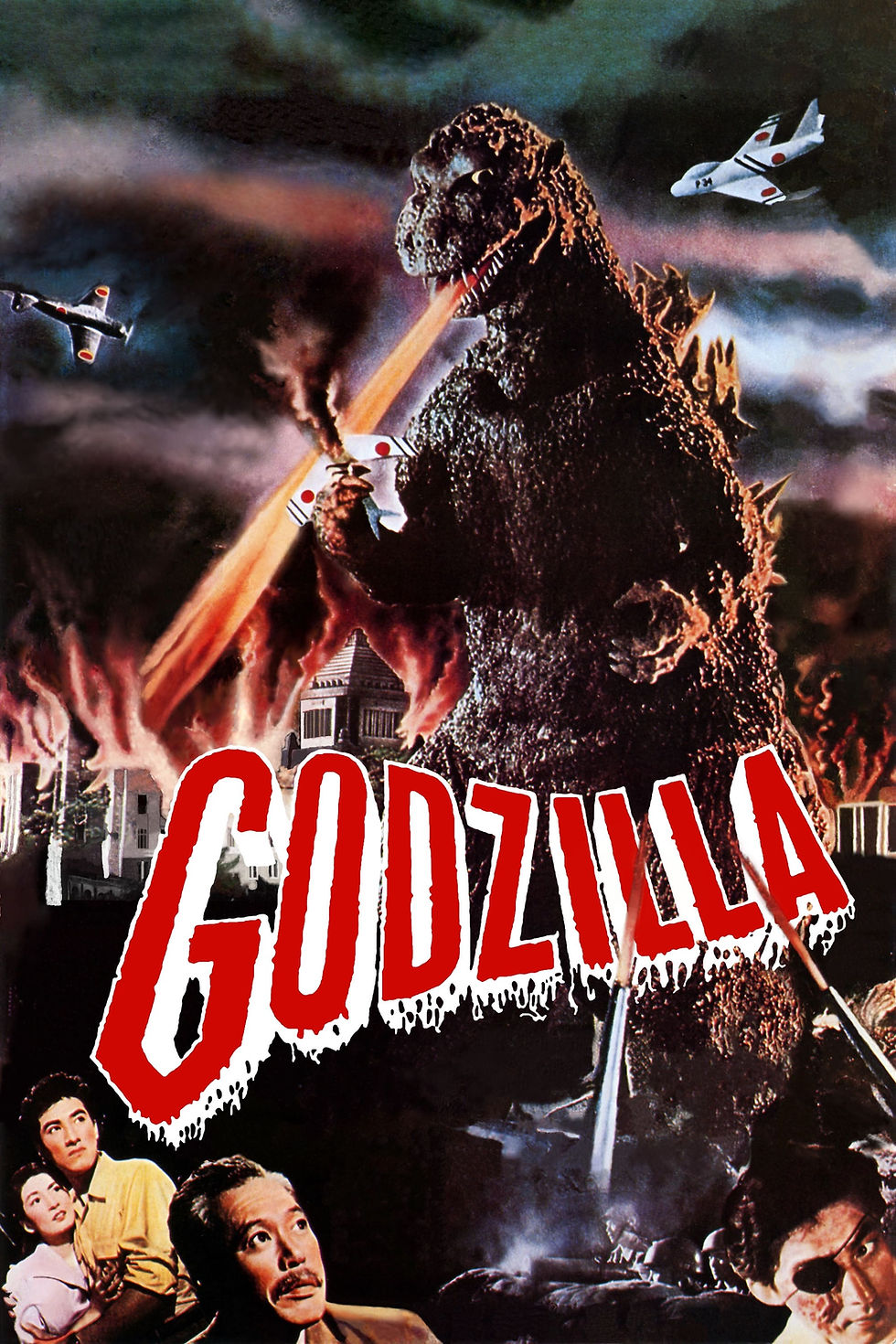Braveheart, 1995
- Manny Labram

- Jun 30, 2025
- 4 min read
Updated: Jul 9, 2025
“Your heart is free. Have the courage to follow it.”
The rousing epic war drama Braveheart, 1995, is the first of Mel Gibson’s many blood-and-thunder historical spectacles. The Celtic tale see’s Gibson lead the cast as Scottish knight and national hero, William Wallace, and venture on a courageous journey of freedom, loyalty, and English butt-kicking.
Braveheart is a difficult film to review. On the one hand, it is a highly emotional and alluringly intense piece of cinema. It deservedly won Academy Awards for Best Cinematography and Best Sound Effects Editing, and perhaps less deservedly, Best Picture. Many also praise its provocative nature and dialogue. However, its detractors routinely criticise the film as an over the top, and historically inaccurate account of an otherwise important piece of Scottish history.
If you choose to watch Braveheart as action flick, it will not disappoint. The plot is very simple. William Wallace experiences a series of tyrannical and oppressive hardships delivered by the English, led by the ruthless King Edward 1 (nicknamed King Longshanks and played by Patrick McGoohan). This includes the murder of Wallace’s father and several other noblemen, the issuing of primae noctis; allowing English nobles to bed newly Scottish wives, and finally the murder of Wallace’s childhood friend and secret wife, Murron MacClannough, played by Catherine McCormack. These heinous acts inspire Wallace to take up sword and shield, and lead a rebellion against the English.
“The trouble with Scotland is that it's full of Scots.”
The best thing about Braveheart is its clear setup of good and evil. The Scots are portrayed as loyal, well-humoured, and prideful. They are fewer in numbers, wealth, and resources, and are the clear underdogs in the story. The English on the other hand, are portrayed as treacherous dictators, and undeserving of the power that they hold. It feels as though what has been given to them has come from a silver spoon - a theme made parallel by King Longshanks’ feeble son, Prince Edward, well-played by Peter Hanly.
The clear depiction of the good Scots against the evil English makes the consequential battle scenes that much more thrilling. I found myself emotionally invested in each face-off between the two sides. Each battle scene also begins with some sort of rousing speech to further liven the film.
The battle scenes look very realistic. The production was able to leverage the Irish Army Reserve as extras, providing a large and disciplined group of people. Fake horses on tracks were used for dramatic falls and stunts, whilst real horses were used for other scenes, including charging and battle sequences. To the film’s benefit, there is no CGI. The blood and gore is well stylised and looks authentic. All this, coupled with a rather rustic costume design against the backdrop of rural Ireland, makes the film visually impressive.
“It’s good Scottish weather, madam. The rain is falling straight down.”
Gibson gives a strong performance as William Wallace. There is a visceral intensity in his deep blue eyes that helps anchor the character’s emotional depth. Gibson displays a raw, almost feral energy that is very inspiring. On the battlefield, he convincingly embodies a warrior, full of fire and fury. His iconic “freedom” speech is deeply moving and is sure to make any listener ready to take up arms.
I did, however, feel Braveheart would have benefitted from fewer creative liberties. The famous Battle of Stirling is much simpler in the film than in reality. The real battle took place on a narrow bridge where Wallace and his army utilised their knowledge of local infrastructure and lured the English onto. This allowed the Scots to fight the opposition in more manageable numbers. I believe the exploitation of their country’s infrastructure adds a much needed degree of patriotism. If it had been done this way, the win for the Scots would have felt much more symbolic and further pushed Wallace’s chauvinism.
“We all end up dead. It’s just a question of how and why.”
I also felt Braveheart prioritised action over substance. When the two sides aren’t physically clashing, the film is not hugely interesting. The Scots come across quite simple minded, and are quick to resort to violence. They mainly provide the film with, good, comedic relief and a side to sympathise with. There wasn’t much depth to their characters. Contrastingly, the English and its monarchy, seemed spiteful without reason. I didn’t get any insight into their motives, aside from their desire to retain their power. This made the film uninteresting when Wallace wasn’t on screen, though the dialogue is funny enough to make the film watchable.
And with that comes my overall feeling for Braveheart - it is a “watchable” film but not much more. After spending my childhood in Scotland, I enjoy the film for putting the country in the spotlight. But, I wish there was a bit more tact in the script and supporting characters. That would have made my lasting memories of it more than just “FREEDOM!”.

Overall - 6/10



Comments